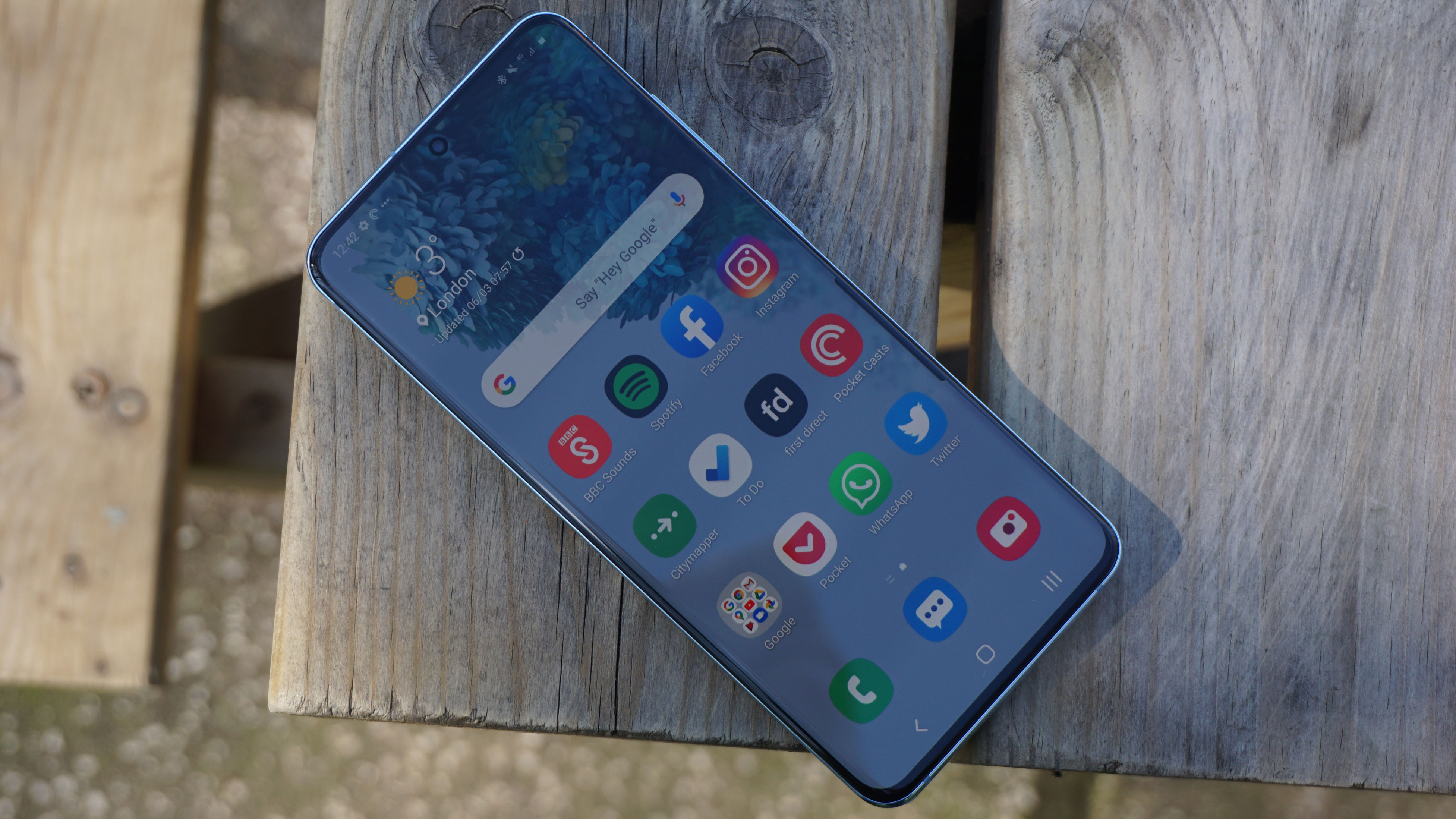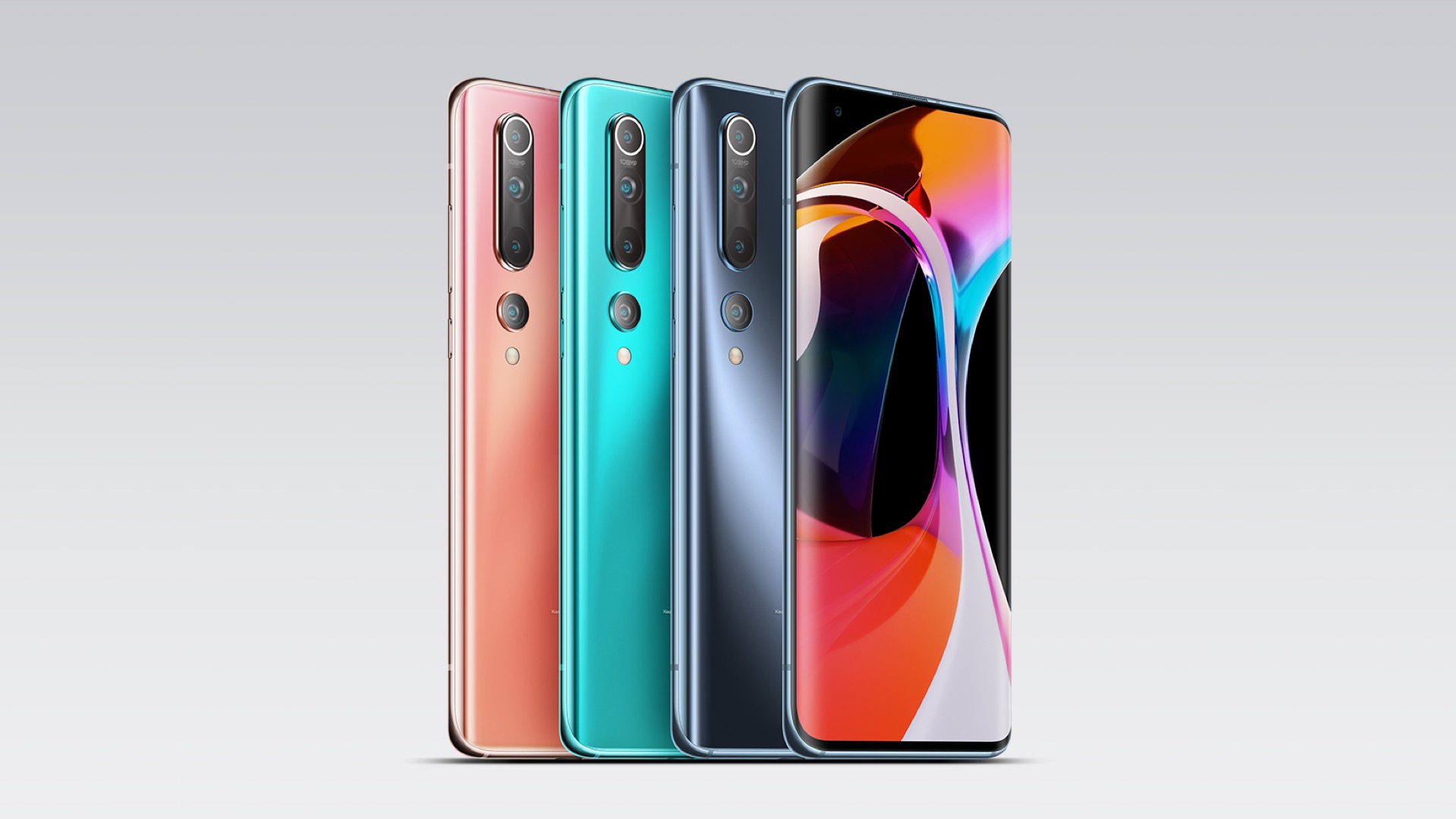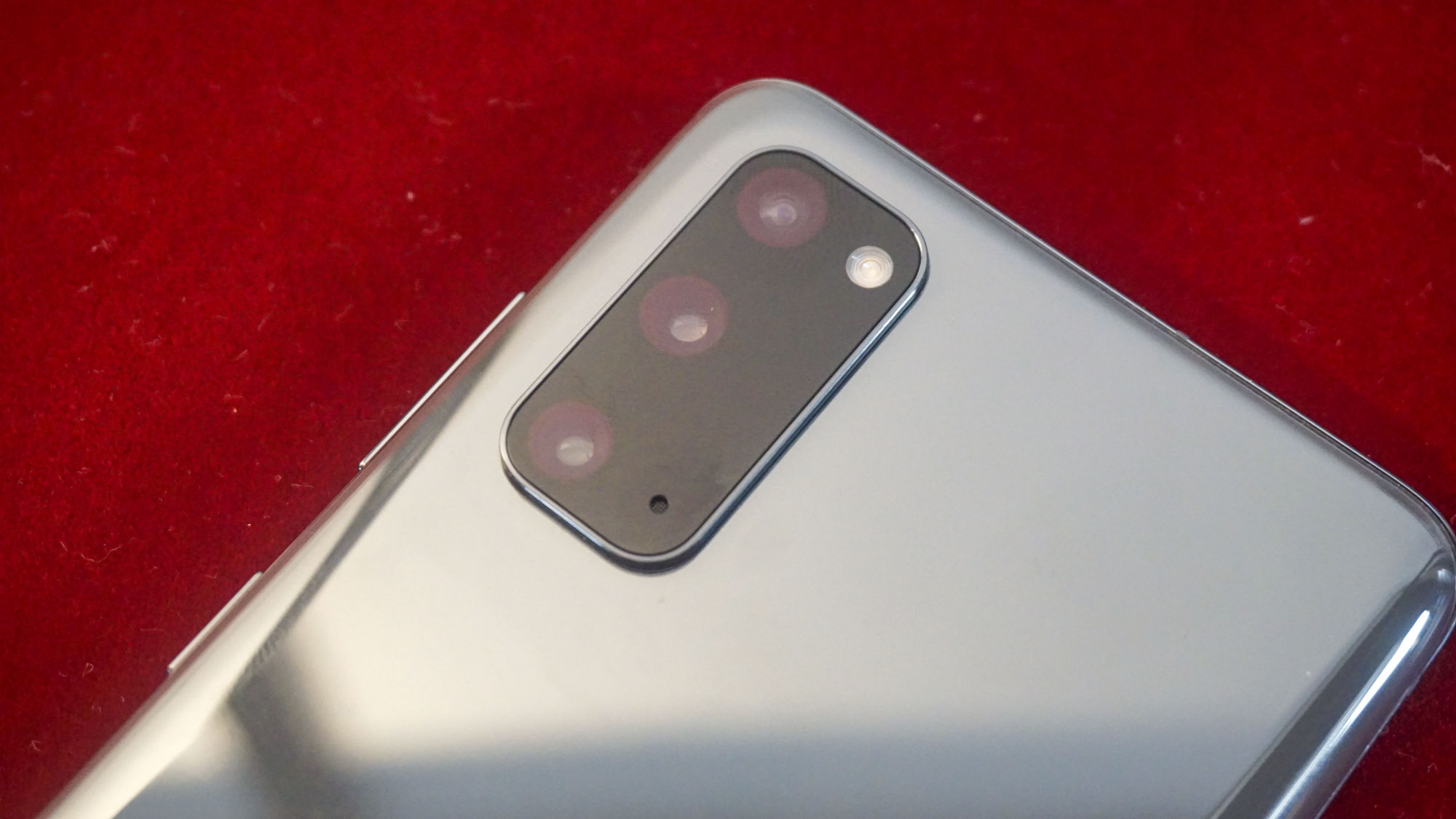Xiaomi Mi 10 vs Samsung Galaxy S20
Two top flagships compared

The Xiaomi Mi 10 is a more affordable flagship than the Samsung Galaxy S20, but it has many similar features. In fact, in some ways it’s even gunning for the Samsung Galaxy S20 Ultra.
But as impressive as it is in many ways, it doesn’t match the Galaxy S20 in all areas. So to help you get to grips with how these two 2020 flagships compare, we’ve put them head-to-head.
Below you’ll find the similarities and differences between these two phones across a range of categories, including display, design, camera, battery, and chipset, so you can make a more informed choice as to which – if either – to buy.
- Check out our Xiaomi Mi 10 Pro review
Price and availability
The Samsung Galaxy S20 is out now and starts at £799 / AU$1,349 for a 4G version with 128GB of storage and 8GB of RAM. In the US you can only get the 5G model, which starts at $999 / £899 / AU$1,499. For that you’ll get 128GB of storage and 12GB of RAM.
The Xiaomi Mi 10 meanwhile only comes in a 5G flavor, and that starts at €799 (roughly £699 $820, AU$1,390) for a model with 128GB of storage. However, at the time of writing this phone hasn’t officially gone on sale yet in the west – expect that to happen either on April 7, April 15, or an undetermined later date, depending on country.
Design

Both the Samsung Galaxy S20 and Xiaomi Mi 10 have a metal frame and a glass back, with the most obvious difference being the cameras. They both have a single-lens punch-hole camera on the front, but on the S20 it’s in the top center, while on the Mi 10 it’s in the top left.
The rear camera array meanwhile is in the top left corner in both cases, but the camera block is significantly larger on the Galaxy S20.
Get daily insight, inspiration and deals in your inbox
Sign up for breaking news, reviews, opinion, top tech deals, and more.

Other differences include colors (the Samsung Galaxy S20 comes in Cosmic Grey, Cloud Blue, Cloud Pink, Cloud White and Aura Red, while the Xiaomi Mi 10 comes in Coral Green, Twilight Grey and Peach Gold), and dimensions and weight (151.7 x 69.1 x 7.9mm and 163g for the Galaxy S20, and 162.5 x 74.8 x 9mm and 208g for the Mi 10).
So the Xiaomi Mi 10 is larger in every dimension as well as being heavier, though that’s no surprise as it also has a larger screen and battery.
Finally, the Samsung Galaxy S20 is IP68-certified, meaning it can survive being submerged in up to 1.5 meters of water for up to 30 minutes. The Xiaomi Mi 10 on the other hand has no water resistance rating.
Display

There’s a big difference in size here, with the Xiaomi Mi 10 having a 6.67-inch screen while the Samsung Galaxy S20 has just a 6.2-inch one.
Both use AMOLED (Dynamic AMOLED 2X in the case of the Galaxy S20 and Super AMOLED for the Xiaomi Mi 10), and both support HDR10+, but the Samsung Galaxy S20 is higher resolution at 1440 x 3200, compared to 1080 x 2340 for the Xiaomi Mi 10.
Combined with the S20’s smaller screen size that leads to a much higher pixels density of 563 pixels per inch (PPI), compared to the Xiaomi Mi 10’s 386ppi.

The Samsung Galaxy S20 also has a refresh rate of up to 120Hz, whereas the Xiaomi Mi 10’s is 90Hz. That should ensure content looks smoother on the Galaxy S20, but you can only use that 120Hz refresh rate if you drop the resolution to FHD+ - otherwise you get 60Hz, whereas there’s no such restriction on the Mi 10.
So the Samsung Galaxy S20 can at any given time have a higher refresh rate or a higher resolution than the Xiaomi Mi 10, but not both at once.
Camera and battery
The camera is one area where the Xiaomi Mi 10 is actually closer to the Samsung Galaxy S20 Ultra in some ways, as just like that phone it has a 108MP main sensor.
Specifically, it has a 108MP f/1.7 sensor with optical image stabilization (OIS), joined by a 13MP f/2.4 ultra-wide one, a 2MP f/2.4 macro one, and a 2MP f/2.4 depth sensor.
The setup on the Samsung Galaxy S20 is quite different, as it has a 12MP f/1.8 main sensor with OIS, a 64MP f/2.0 telephoto one with OIS and 3x hybrid optical zoom, and a 12MP f/2.2 ultra-wide one.
So you get more megapixels in total on the Xiaomi Mi 10 as well as more lenses, but we’d be inclined to take a telephoto lens over the macro and depth sensors offered on Xiaomi’s handset.

Both phones can also record video in up to 8K quality, and you get a 10MP f/2.2 snapper on the front of the Galaxy S20 and a 20MP f/2.0 one on the front of the Xiaomi Mi 10.
As for which phone has the better camera setup – you’ll have to wait for our full Xiaomi Mi 10 review for a clearer idea of that, but the Samsung Galaxy S20 certainly has a very capable camera.
Moving on to the battery, there’s a 4,780mAh one in the Xiaomi Mi 10 and just a 4,000mAh one in the Samsung Galaxy S20 – though remember the S20 also has a smaller screen to keep lit up.
The Xiaomi Mi 10 should also charge faster, with 30W power for both wired and wireless charging, while the Samsung Galaxy S20 can manage 25W wired or 15W wireless.
The two phones both also support reverse wireless charging, which lets them wirelessly juice up other devices. This can be done at up to 9W on the Galaxy S20 and 5W on the Xiaomi Mi 10.
Specs and features
The Xiaomi Mi 10 has a top-end Snapdragon 865 chipset paired with either 8GB or 12GB of RAM. That’s a similar setup to the Samsung Galaxy S20, which has either a Snapdragon 865 chipset (in the US) or a similarly high-end Exynos 990 (in most other regions), paired with either 8GB of RAM (if you buy the 4G model), or 12GB of RAM in the 5G version.
As for storage, there’s 128GB or 256GB in the Xiaomi Mi 10, whereas you can only get the Samsung Galaxy S20 with 128GB, but that phone also has a microSD card slot, which the Xiaomi Mi 10 doesn’t.
Both phones run Android 10, but they have different overlays. You get One UI 2 on the Samsung Galaxy S20 and MIUI 11 on the Xiaomi Mi 10. These lead to different looks and pre-installed apps, but the underlying operating system is much the same.
Both phones also have an in-screen fingerprint scanner.

Takeaway
The Samsung Galaxy S20 and Xiaomi Mi 10 have broadly similar designs, chipsets, RAM amounts and storage, but the Xiaomi Mi 10 has a bigger (albeit lower resolution) screen, more camera lenses, and a bigger battery, all at a likely lower price.
That makes it sound very promising on paper, but specs don’t tell the full story, so we’d advise waiting for our full review before buying the Mi 10.
Plus, the Samsung Galaxy S20 does have the edge in some areas, such as its 120Hz refresh rate and water resistance, so the decision might come down to which features you most value. But we’re big fans of the Samsung Galaxy S20, and based on the specs there’s a high chance we’ll be just as impressed with the Xiaomi Mi 10.
James is a freelance phones, tablets and wearables writer and sub-editor at TechRadar. He has a love for everything ‘smart’, from watches to lights, and can often be found arguing with AI assistants or drowning in the latest apps. James also contributes to 3G.co.uk, 4G.co.uk and 5G.co.uk and has written for T3, Digital Camera World, Clarity Media and others, with work on the web, in print and on TV.